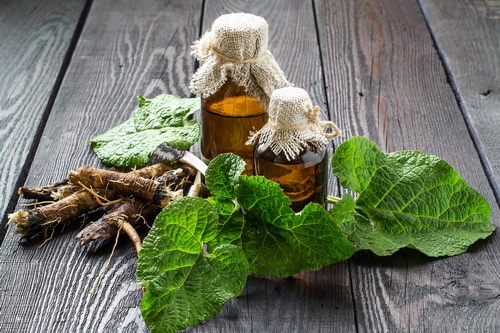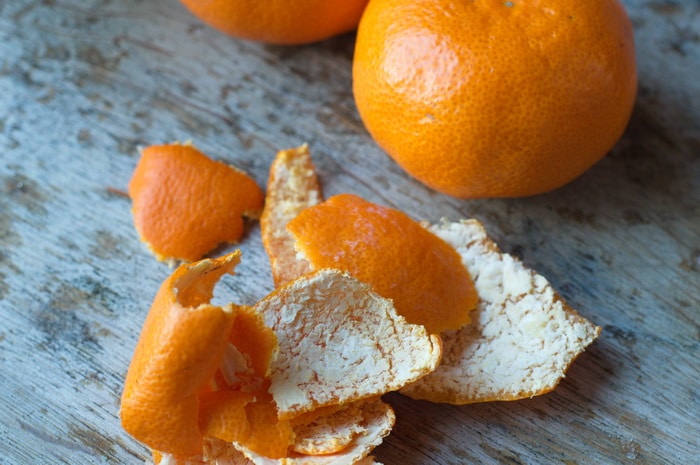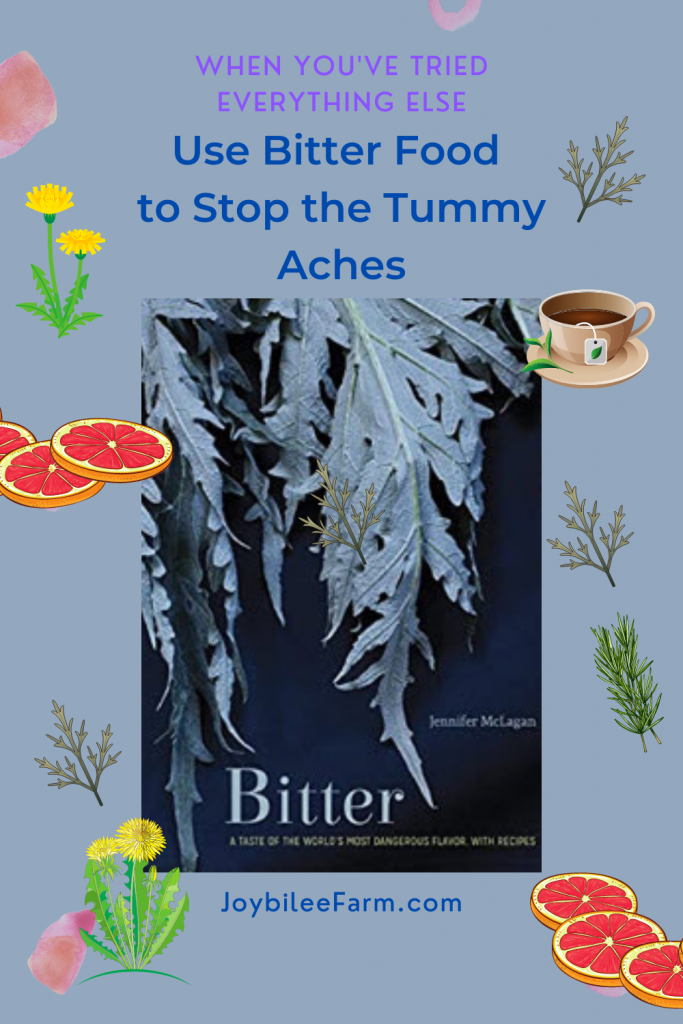Wormwood, dandelion, orange peel, burdock root, grapefruit, chamomile tea, and lettuce can trigger saliva and hit the back of your tongue with their bitter flavors. These tastes trigger a cascade of actions throughout the body that increase gastric secretions, empty the gall bladder and pour bile into the liver for the digestion of fats and proteins. Bitter foods are essential to good digestion. In fact, those who suffer from indigestion, flatulence, or heart burn may benefit from a bitter remedy 20 minutes before eating or at the end of a meal.
In Jennifer McLagan’s book Bitter, she highlights these bitter flavors with recipes that nourish and intrigue.
“All substances are poisons; there is none which is not a poison. The right dose differentiates a poison from a remedy.” Paraclesus
Book Review: Bitter, A taste of the world’s most dangerous flavor, with recipes by Jennifer McLagan (Berkley: Ten Speed Press) 2014.
Jennifer McLagan is a chef and a writer. Her books force us to look at our eating and cooking habits and re-evaluate our food bias. Her other books, Bones (2005), Fat (2008), and Odd Bits (2011) challenged the mainstream, industrial, food prejudice against fat, offal, and bones, and endeared her to homesteaders and farmers. In fact, after reading Bitter, I can’t wait to read these other books.
Bitter is a seductive book. The cover has a greyed picture of cardoon leaves, like a curtain, against a black background. The provocative cover, rich in texture, invites you to reach out and push the curtain aside to enter the mysterious adult-only-world of bitter.
Once inside all your senses will be aroused by McLagan’s words that convey taste, touch, smell, texture, and memory. Bitter isn’t just a taste. It is a feeling of astringency on the tongue, and a catch in the back of the throat. It tingles the receptors on our vagus nerve, stimulating our liver to contract, expelling gall, readying our stomach for a rich meal. Bitter foods relax us and prepare the parasympathetic nervous system to digest food. But bitter tastes also warn us of poison.
Children taste more strongly than adults and find bitter tastes repelling. Introduce them to mild bitters thoughtfully and consistently and their palates will develop. Adults, on the other hand, need the bitter taste to enhance their digestive functions, and improve their health. Bitter foods can be medicinal, and antimicrobial. They are an important part of the herbal Materia medica. Bitter foods are also a key part of meals, stimulating the appetite, aiding digestion, and relaxing the body. Heavy, rich meals need bitters to ease digestion. Brussel sprouts and turnips serve this function on the Thanksgiving table.

The recipes in Bitter are playful and teasing, as well as serious and nourishing. The book is divided into only 6 chapters with mysterious titles that don’t give much away. But on further investigation each chapter focuses on just a few bitter ingredients. These are featured in 10 to 20 recipes that highlight these key bitter ingredients. The interplay between bitter and sweet or bitter and savory enhances the flavors of other foods.
Chapter 1, “Born to be Bitter” features bitter greens like endive, escarole, radicchio, chicory, and dandelion. These were all greens I was comfortable with, “members of the chicory genus, descendants of foraged wild greens and weeds” (p. 10) McLagan offers recipes for salads, cooked greens, and main courses that highlight the best dishes where the bitter flavour enhances rather than detracts from the dish.
Chapter 2, “Liquid Bitter” begins with beer, moves to tea and coffee, and then looks at alcoholic bitters in drinks, deserts, and cooking. I didn’t think of coffee or tea as bitter, and I was pleased to find out that my favorite beverages were actually healthy. Each chapter follows this pattern of beginning with bitters that you are probably already consuming and then introducing other, less familiar bitters that may pique your curiosity and expand your palate.

It is in the final chapters of the book that the great mystery is revealed. It is here that you enter into the back chamber and meet a few ingredients that are provocative and alluring. Exotic ingredients like cardoons, white asparagus, and celery are featured in chapter 5, “Surprisingly Bitter.” While in the final chapter, “Dark, Forbidden, and Very Bitter” serves up chocolate, burnt toast, bitter oranges, bitter melon, and cigars. Yes the final chapter features tobacco in 2 deserts that are for adults only: Tobacco Chocolate Truffles and Tobacco Panna Cotta. Not sure where to get a cigar? Thankfully, the recipe only calls for a 1 inch piece.
While the recipes were creative and unusual, my favorite part of the book was the shaded pages of grey writing on a grey-green background. These introduced science, history, and culture into the conversation about bitter. I love a cookbook that tells a story and these stories, although hard to read with the small print on the tonal ground, were worth digging out my reading glasses and shifting the lamp to read. I learned that the shape of the plate that you serve your food on affects the perception of taste. Food served on round plates is perceived as sweeter than foods served on square or rectangular plates. I learned that the metal that food is eaten from affects the taste, making it more bitter or sweet and that desert tastes better from a golden spoon. I learned about the basis of bitter herbal medicines and what differentiates a bitter food from a bitter medicine from a poison. “Plants are selected for food or medicine according to their degree of bitterness. Mildly bitter plants are eaten; moderately bitter ones are eaten and used as medicine; and the bitterest plants are only medicinal.” (p. 123)
The photography of the book is sensual and alluring. The vegetables, fruits, and food are photographed in that smoky light that is so popular in books right now. The colours, on a dark ground, pop with life and texture. The oranges are incredibly orange, the radicchio sexy and red, the yellow endive moist and bold, while the cardoon arises dark and mysteriously blue-grey. The photography tells the forbidden danger of bitter in an engaging and alluring story beginning with the mysterious curtain of cardoon leaves on the cover and ending with a whimsical curl of citrus zest on the last page.

You feel at the end of the book that bitter foods are not as dangerous as you thought. In fact, many of these bitter foods are familiar and part of traditional cooking. Perhaps it wouldn’t be such a stretch to explore a few of the other more unfamiliar foods after all. And I’ll admit it, as a child I detested marmalade, but after reading Bitter, I plan to seek out some Seville oranges in January, when they are in season, and in honor of our Scotch heritage, to make a batch of Seville Orange Whisky Marmalade (p. 151), while reciting, “A mon’s a mon fer a’ that.”
While you are waiting for this book to arrive from the post office try these herbal bitters with grapefruit and dark chocolate or these bitters with dandelion and burdock root to help with that upset stomach.




Leave a Reply